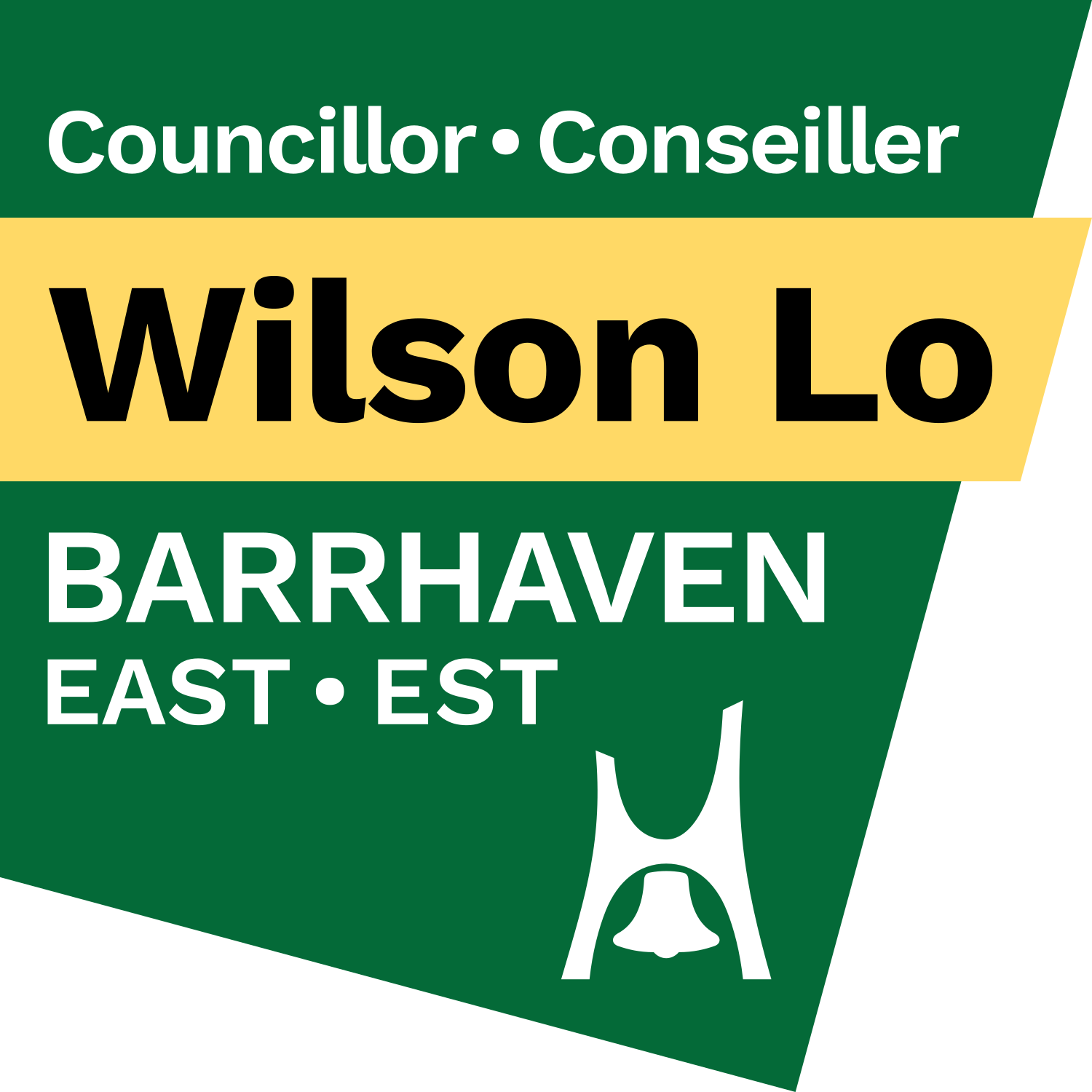Trillium Line trial running begins next week
OC Transpo staff have released the schedule and criteria for Trillium Line↗ (O-Train lines 2 and 4) trial running, which will begin Monday 7 October 2024.
Trial running will demonstrate if all elements of the system are ready for passenger service, representing the culmination of months of testing, basically a “final exam” for TransitNEXT, the construction contractor.
Trial running consists of two phases and will be a minimum of 21 days. Industry best practices, lessons learned from the Confederation Line, and recommendations from the light rail public inquiry have been incorporated into the process.
The significant milestone means TransitNEXT have completed all the prerequisites for trial running to begin, as assessed by city staff and independent third-party certifiers.
Phase One - Simulated passenger service
The first phase of trial running requires the line to operate full service schedules for a minimum of 14 days, simulating the conditions of normal passenger service.
A minimum on-time performance of 98.5 per cent averaged over 14 consecutive days must be maintained. The simulation period will be extended until the 98.5 per cent average across 14 consecutive days is met or exceeded.
Issues that impact daily performance will be validated by an independent certifier, who assigns it either as a city cause or a TransitNEXT cause in accordance with the project agreement. This means some issues may not be counted against TransitNEXT’s daily performance score.
Metrics
The metrics below inform the overall progress of the simulated passenger service phase of trial running.
Daily TransitNEXT performance is the measure of on-time performance within TransitNEXT’s control, based on trains on both lines departing end stations no more than 30 seconds after its scheduled departure time without compromising required dwell times.
The percentage is calculated using on-time departures as a fraction of the total scheduled departures for that day. For example, of 338 scheduled departures on a weekday, if 330 trips depart on time, a score of 97.63 per cent is achieved, which counts against the 98.5 rolling average.
The 14-day rolling average is calculated by adding up each day’s performance score, divided by the number of days since trial running began, up to 14. For example, if the 14 consecutive days returned scores of 99, 87, 100, 100, 100, 98, 98, 99, 99, 100, 98, 73, 76, and 100, the rolling average is 94.79 per cent, and the trial running will need to continue past the initial 14 days.
The minimum days to meet project agreement standard is 14 days, and the rolling average must meet or exceed 98.5 per cent. Scores to calculate the rolling average must be from 14 consecutive days.
Some common issues identified during simulated passenger service may include:
Signalling system - includes equipment that detects train locations and manages timetables
Track - includes switches and rail profile
Communications system - includes intrusion detection (eg. people on tracks), security cameras, and other data remotely accessed by the transit operations control centre
Vehicles - includes climate control, on-board security cameras, traction issues, and a range of error codes
Operations - includes emergency brake applications, operator availability, and excess station dwell times
Phase Two - Scenarios
Upon successful completion of simulated passenger service, the second phase of trial running can begin.
Lasting seven days, the aim of the second phase is for operations and maintenance staff to work through various scenarios that could occur when lines 2 and 4 are in service. Possible scenarios range from simple issues like door faults to major issues like evacuations between stations.
Though there is no scoring component, the scenarios will allow staff time to further assess and finesse operating procedures, identify gaps, and validate technical systems.
Oversight
Independent certifiers A.W. Hooker↗ and Ricardo Rail↗ have been hired to monitor and validate progress, as well as to help determine issue causes when they arise.
During the trial running period, Council will receive reports on weekdays summarising the previous day’s results. Monday reports will include the results from the weekend. The first daily report will be released Tuesday 8 October.
Reports will be published and publicly accessible at OCTranspo.com’s new trial running↗ webpage. Media availabilities will also be held each weekday to review performance reports.
After trial running
Following the successful completion of both phases of trial running, Council will receive a full report and briefing on the results. The project will then move towards substantial completion, final readiness work, and regulatory approvals from federal bodies, a process which will take a minimum of three weeks.
Upon completion of those contractual and regulatory requirements, the Trillium Line will move towards service launch for transit customers. At that point, an opening date will be shared publicly.
As of 3 October 2024, the earliest possible opening date for service is 18 November 2024, assuming trial running is perfect and no delays in the contractual and regulatory approval process.
Bus network changes
The realigned bus network (formally New Ways to Bus) will not be launched until the spring 2025 schedule cycle. In the interim, three existing bus routes will be adjusted or extended to service Limebank Station, details of which will be shared in the coming weeks.
Other than the interim adjustments/extensions, the current bus network will continue to operate after lines 2 and 4 open. Barrhaven East residents will have the new Bowesville Station park and ride↗, located at the southeast corner of Earl Armstrong/Bowesville, available for use after the line opens for passenger service.
Launch of the realigned bus network will happen Sunday 27 April 2025. More information about the launch will be shared closer to the date, but new maps and schedules, including a travel planner, are available at OC Transpo’s New Ways to Bus↗ webpage.
Further reading
More information, including daily updates once trial running begins, will be shared at OCTranspo.com↗.




